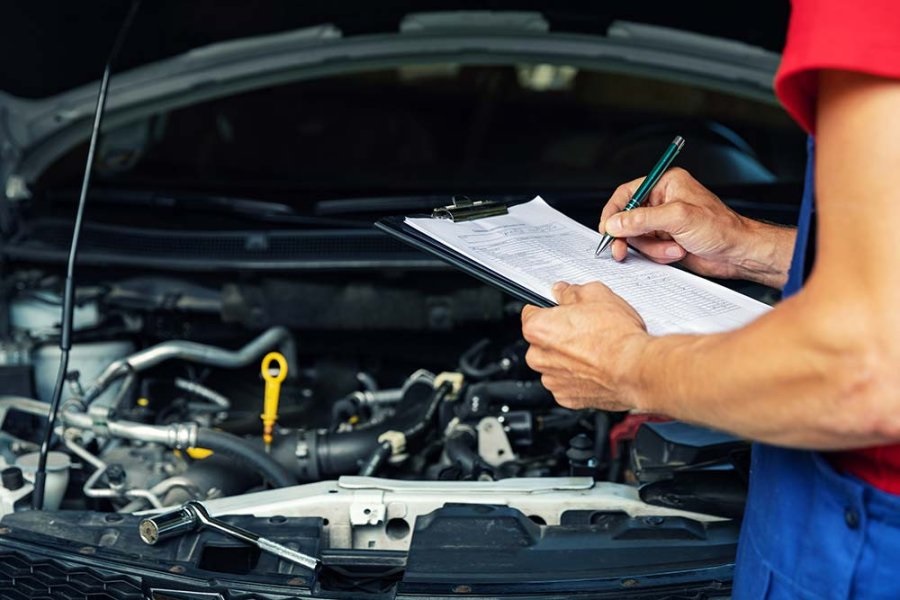During a fog light service, the first step technicians take is a thorough visual inspection of the entire fog light assembly. This includes checking the lens for cracks, cloudiness, or moisture buildup that can reduce light output. They also examine the housing for damage or corrosion and ensure that mounting brackets are secure and intact. Any visible wear or physical damage is noted, as these issues can lead to water ingress or misalignment, both of which impair fog light performance. This initial check helps identify obvious problems that may require immediate repair or replacement.
Testing Bulbs and Electrical Connections
Next, mechanics test the fog light bulbs to confirm they are functioning properly. Burnt-out or dim bulbs are a common reason for fog light failure. The electrical connections and wiring harnesses are also inspected for signs of wear, corrosion, or loose contacts that could cause intermittent lighting issues. Using diagnostic tools such as multimeters, technicians measure voltage and continuity within the fog light circuit. This process helps pinpoint electrical faults such as broken wires, faulty switches, or blown fuses that disrupt power flow to the fog lights.
Evaluating the Fog Light Switch and Relay
Auto repair shops also assess the fog light control switch inside the vehicle and the associated relay under the hood. A malfunctioning switch may fail to activate the lights, while a faulty relay can prevent electrical current from reaching the bulbs. Technicians test the switch’s responsiveness and the relay’s operation using specialized equipment. Confirming the proper function of these components ensures that the entire control system is working correctly and that the problem isn’t originating from the dashboard controls or relay. Going for the Auto Repair in Overland Park, KS based service would be essential here.
Checking Fog Light Alignment and Beam Pattern
Proper alignment of fog lights is crucial for effective illumination and safety. During a fog light service, technicians evaluate the angle and position of the fog light beams to ensure they comply with manufacturer specifications and local regulations. Misaligned fog lights can reduce visibility, cause glare to other drivers, or fail to adequately illuminate the roadway. Using alignment tools, professionals adjust the lights so that the beam spreads low and wide, maximizing road coverage while minimizing distraction for oncoming traffic.
Inspecting for Moisture and Seal Integrity
Finally, repair shops check for moisture inside the fog light housing, which is a common problem that can affect fog light performance and longevity. They inspect the seals and gaskets around the housing to verify that they are intact and properly fitted. Damaged or worn seals allow water to enter, leading to foggy lenses, corrosion, and electrical issues. If moisture is detected, technicians may remove the fog light assembly to dry it out, replace faulty seals, and address any internal damage. Ensuring a watertight seal is essential for maintaining fog light reliability.
Conclusion
A professional fog light service covers all critical aspects, from physical condition and electrical function to alignment and moisture control. Auto repair shops follow a systematic approach to diagnose and address any issues that could compromise your fog light performance. Regular fog light inspections not only improve your vehicle’s lighting efficiency but also enhance safety during adverse weather conditions.

